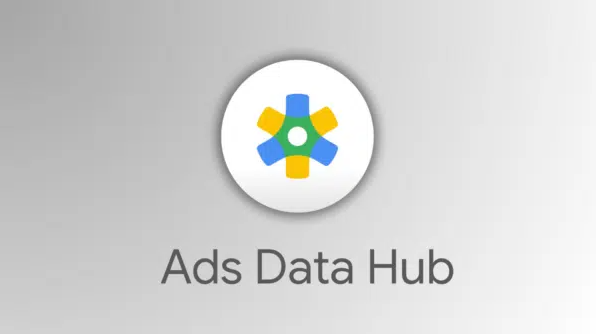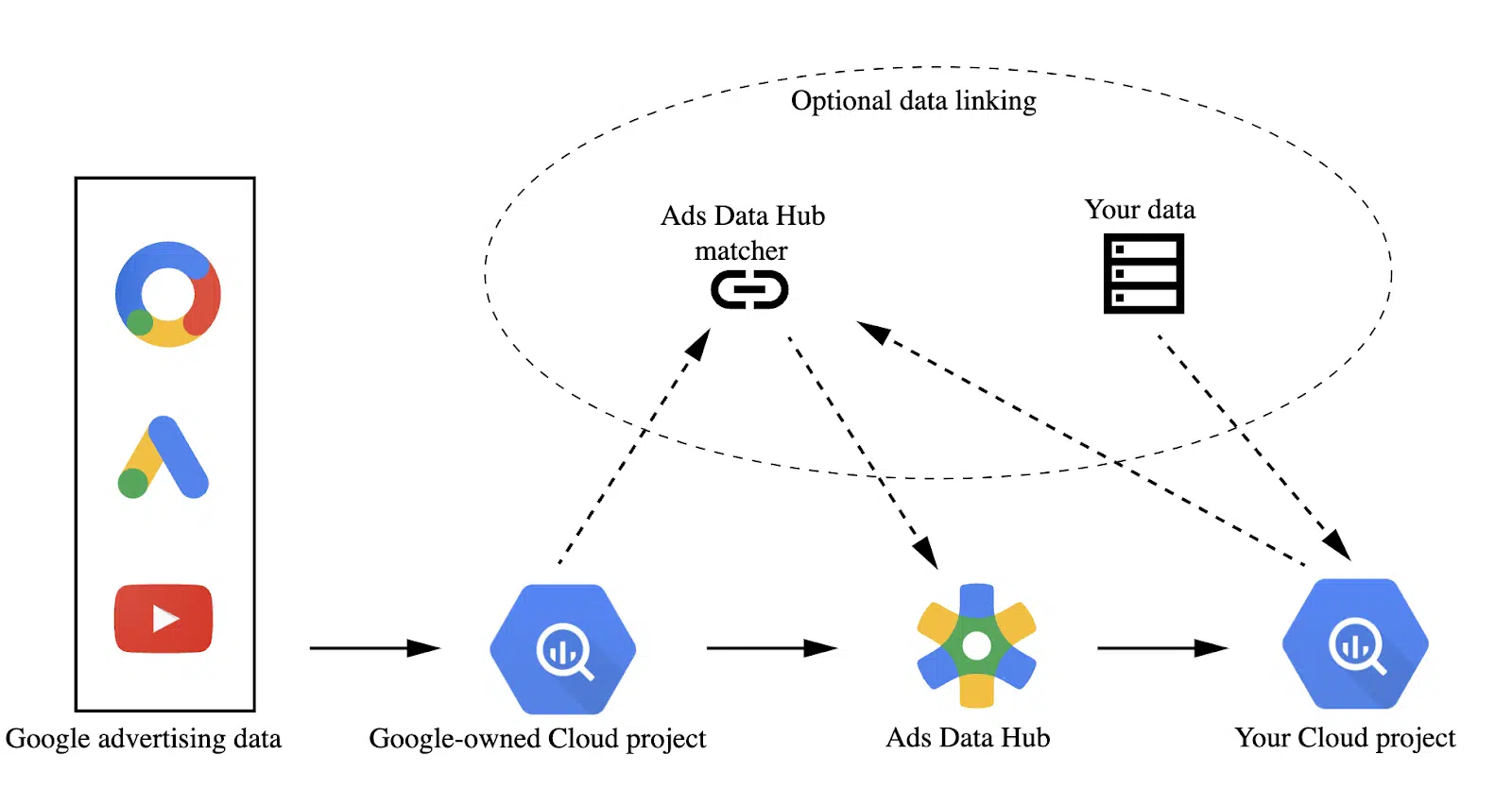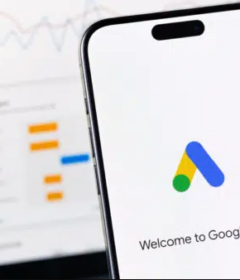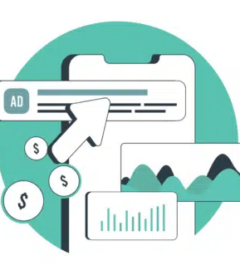Google’s Ads Data Hub: What you need to know

Explore Ads Data Hub – Google’s tool for privacy-centric advertising insights, data integration, campaign optimization and more.
The Google Ads landscape continues to evolve, with a growing emphasis on data usage that complies with strict privacy guidelines.
To support advertisers navigating this environment, Google introduced a robust toolset designed to advance their AI-driven marketing strategies.
A key part of this transformation is Ads Data Hub (ADH), a platform built on Google Cloud.
ADH allows advertisers to integrate and analyze data from Google Ads and other sources, offering deeper insights into customer journeys and ad performance while maintaining privacy compliance.
This article explores what Ads Data Hub is, how it works and tips to maximize the tool while improving your Google Ads performance.
What is Ads Data Hub?
The Ads Data Hub is a centralized repository for all your marketing data, integrating information from:
- Your Google Ads account (including search, display, video and shopping campaigns).
- Your Google Analytics account.
- Your CRM system.
- First-party data collected from your websites, apps, physical stores or directly from customers.
Designed with privacy in mind, ADH aggregates all query results to prevent the identification of individual users within the dataset.
Minimum aggregation thresholds are established to avoid accidental exposure of personally identifiable information.
You also cannot download specific user data, ensuring compliance with today’s privacy guidelines and best practices across various industries.
Ads Data Hub: Setup and architecture
The platform’s architecture is specifically designed to securely and efficiently process large-scale advertising datasets. Let’s explore its key components and workflow in detail.

Data ingestion
Advertisers upload their first-party data to ADH, including customer interactions, website analytics and CRM information.
This data is matched with Google’s ad data (e.g., impressions, clicks, conversions) using hashed identifiers.
Cloud-based processing
The core of ADH is powered by Google Cloud’s BigQuery infrastructure.
Advertisers can write SQL queries to analyze data, joining their first-party data with Google’s advertising data.
This system allows businesses to run highly customized analyses without moving the data outside Google’s secure environment.
Querying
Users run SQL queries on aggregated datasets, with results compiled at a user level to protect personally identifiable information (PII).
ADH restricts the types of queries that can be executed to ensure individual user data remains private.
Output
Once the query is complete, ADH provides an aggregated report which can then be exported to BigQuery for further analysis or connected to other reporting tools like Looker Studio.
ADH’s limitations
Despite its robust features, Ads Data Hub has certain limitations that advertisers should be aware of.
- No real-time data access: ADH does not offer real-time data access. There is often a delay in getting campaign data into the platform, which could impact time-sensitive decisions.
- SQL expertise required: Running queries in ADH requires proficiency in SQL, making it necessary for advertisers to have data analysts or skilled marketers to extract meaningful insights.
- Limited access to raw data: Since raw user-level data is inaccessible, you might find limitations in performing deep cohort analysis or certain types of data exploration.




